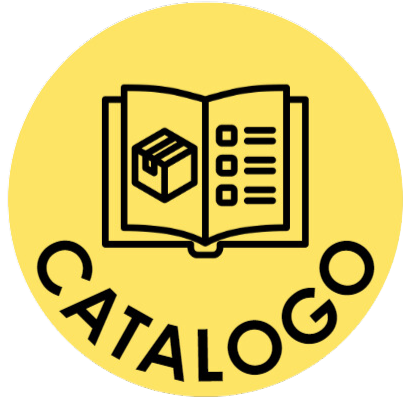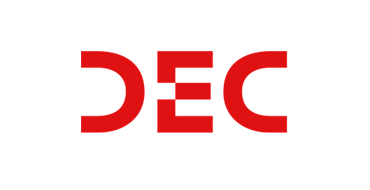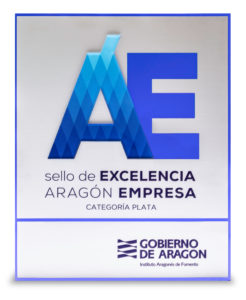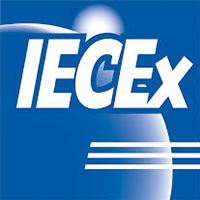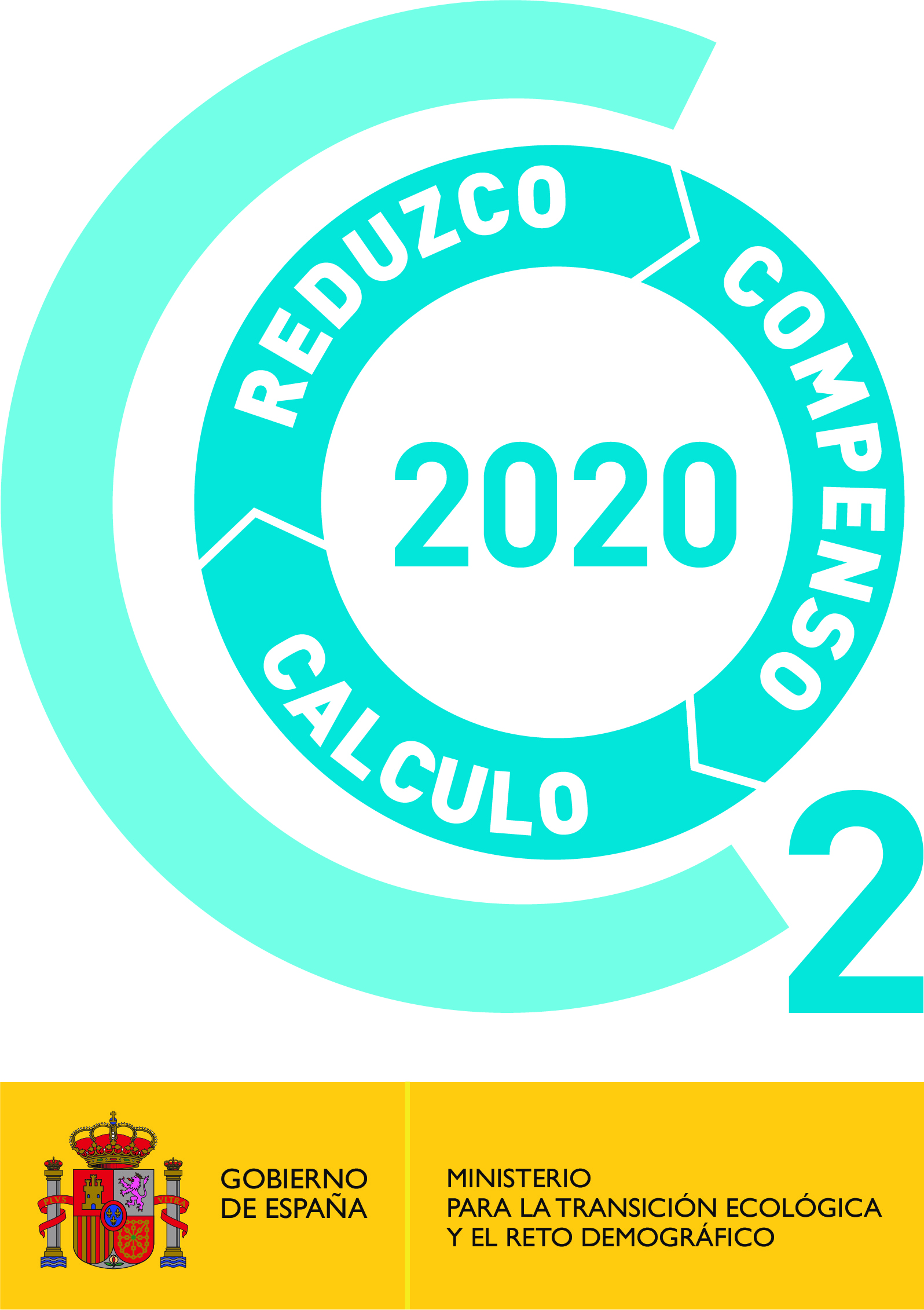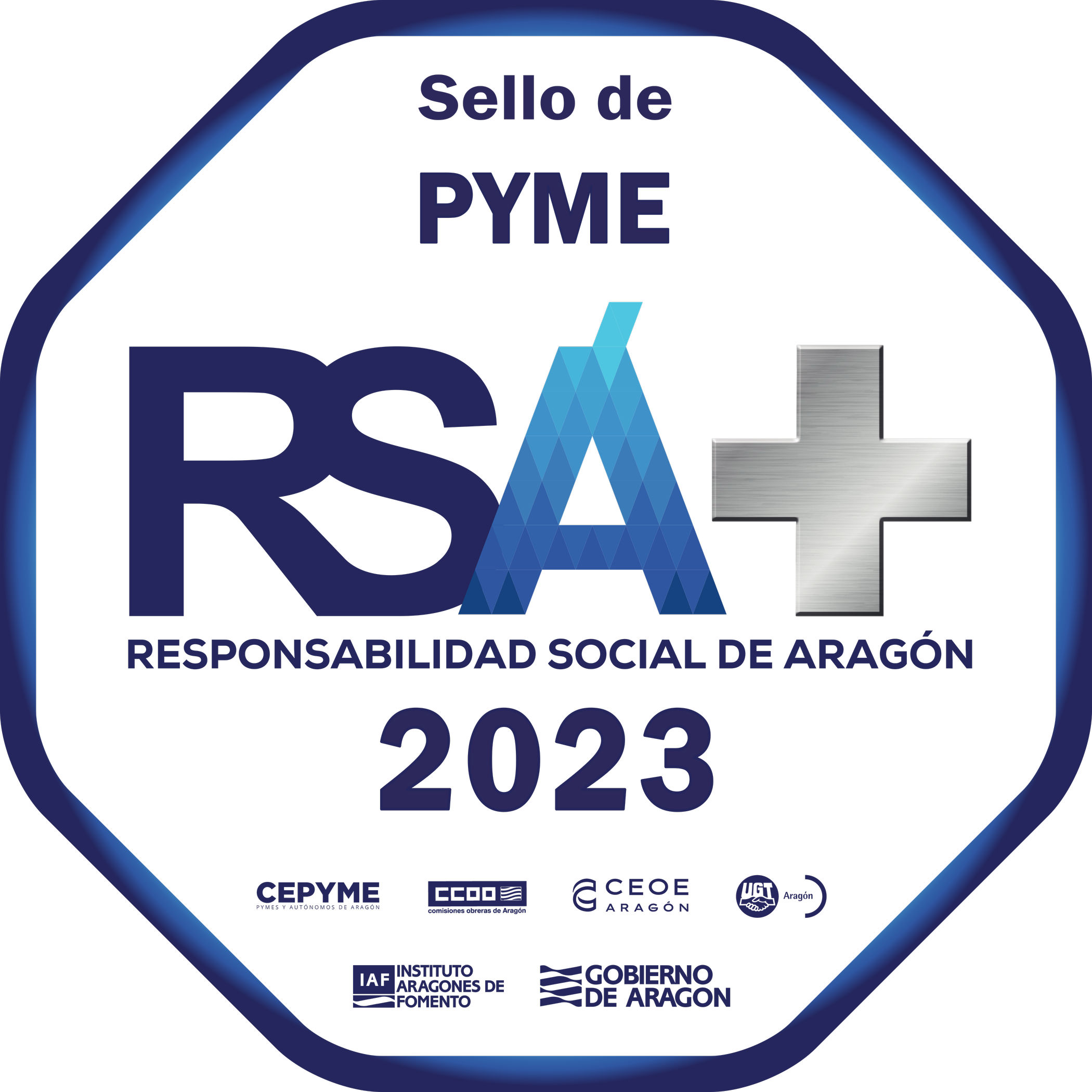FAQs
SUPPORT
- See the status of all the luminaires in real time.
- Consumption per light point, hours of use, power output percentage per hourly period, presence by area with presence map, condition of on-demand or programmed emergency equipment if any, software versions. Charts showing monthly and annual energy usage.
- The client is provided with the dashboard and an associated Google account, at no extra cost except for the data fee agreed for setting up the connection (users may use their own connection, and negotiate it with their company, or request one from the supplier for around 100 pounds/year (115 euros/year)).
- Dashboard customisations will be invoiced separately (company logo, for example), currently around 580 euros (500 pounds) per working day for the programmers.
It will also be possible to add sensors, to ‘act’ on the system from the dashboard and to carry out remote commissioning.
The data can be consulted via the dashboard. All the luminaires send the data to the server for viewing.
The DataCollator-Gateway incorporates a data card that communicates with the Internet via 3G, 4G or GPRS.
One GW is recommended for each circle of approximately 100 metres in diameter between a luminaire and the data collector. However, each installation should be evaluated off-plan to determine the recommended number of gateways. If “shadow” signal areas are detected, then more may need to be added.
Only one device with Internet connection is required. The dashboard is normally designed for display devices
LARGE (HD/FULLHD), not mobile, although you can perform updates from that type of device.
No, you can place as many gateways as required by the installation.
The ATENEA system has a gateway (GW) that connects to the Internet via 3G or 4G. The gateway centralises the data from all the luminaires within its radius.
All the luminaires communicate their data to the GW via 868 MHz communication protocol.
Yes, you can view it from any PC, tablet or Android/iOS mobile with Internet access.
You can also reconfigure the devices.
Yes. The solution allows you to configure and modify the data of your luminaires from a tablet or PC connected to the Internet, anywhere in the factory.
No. We use our own protocol.
Yes. The ATENEA luminaires have a microwave presence sensor option. A luminaire with a sensor can signal a group of luminaires to switch on.
Moreover, the luminaires will have a wired digital input that will allow integration with any type of sensor. (Protocol I2C, and additional protocols can be added as required).
“Typical” protocols in sensors
- I2C
- ModBus
- Analogue outputs.
The luminaires’ usage parameters:
- 0% Time switched on
- Energy consumption
- Presence or movement detection time, if you install a presence sensor
- Areas of the company with greatest movement detected
- Option to set alerts in the event of movement in certain areas during specified times
- Emergency Luminaire
- Automatic emergency test (the device is self-testing, performed by the kit itself). Sends the result
- Battery status (state of charge/no charge)
- Number of times activated
- In a future update, data will be provided regarding the quality of the electricity supply, possible overvoltages or voltage peaks, if any.
And the sensor parameters:
- Presence sensor
- Number of times activated
- Activations per hour -> presence map by area
- In the next Atenea update, it will be possible to customise the sensors at the client’s request. Some of those that will be available are CO2, light, silo height, vibrations, temperature and dust, among others
The luminaires communicate their status with each other and one of them sends the data to a cloud-based server. On this server an Ateneo may:
- Access and see all the data (yours)
- Perform commissioning (configuration) of luminaires (S14 presence sensor switches on luminaires in the AA-22 group)
- The server stores and sends luminaire status reports (incidents, carbon footprint, etc.)
ATENEA requires the I-Pyros luminaire, from Airfal. These luminaires only require an electricity supply using the ATEX cable, so if you have these luminaires installed the same ATEX wiring will suffice.
If you don’t have Airfal luminaires in the installations, then you will need to change the installation.
The luminaires are connected to a cloud-based server. The usage and consumption data are sent there, allowing you to improve their configuration.
This cloud-based server can be installed in the private cloud of an Ateneo. This has the advantage in that they can “self-manage” their server… but the downside is that they won’t have access to product updates (new functions, bug corrections) or custom scans.
Wireless communication makes the luminaires ‘smart’.
- Luminaire with built-in presence sensor → when it detects presence, it signals all the luminaires in its group to switch on
- Checks and sends status of emergency kit, if any
- Sends usage statistics to the server
- Configures light intensities according to needs (Sensors, Time of Day, Special Requirements, etc.)
- Option to create luminaire “groups” that will obey a luminaire with a sensor, for example.
No. The luminaires communicate with each other using the LoRa radio signal on the 868 MHz band. The ATENEA luminaires only require a power supply cable.
The 868 band belongs to the industrial, scientific and medical radio band (https://es.wikipedia.org/wiki/Banda_ISM). It has a greater range than domestic WIFI and is more resistant to electromagnetic interference. It is not designed for sending large amounts of data (see NetFlix), which is why mobiles do not have this frequency.
- Lower carbon footprint and greater commitment to the environment.
- Digitisation of new installations and/or digital transformation of existing installations with minimum investment.
- Maximised energy efficiency.
- Lower maintenance-related operating costs.
- Greater control of security in the installation, remotely.
- Reduced risk of accidents.
- Greater security of access to the existing systems.
